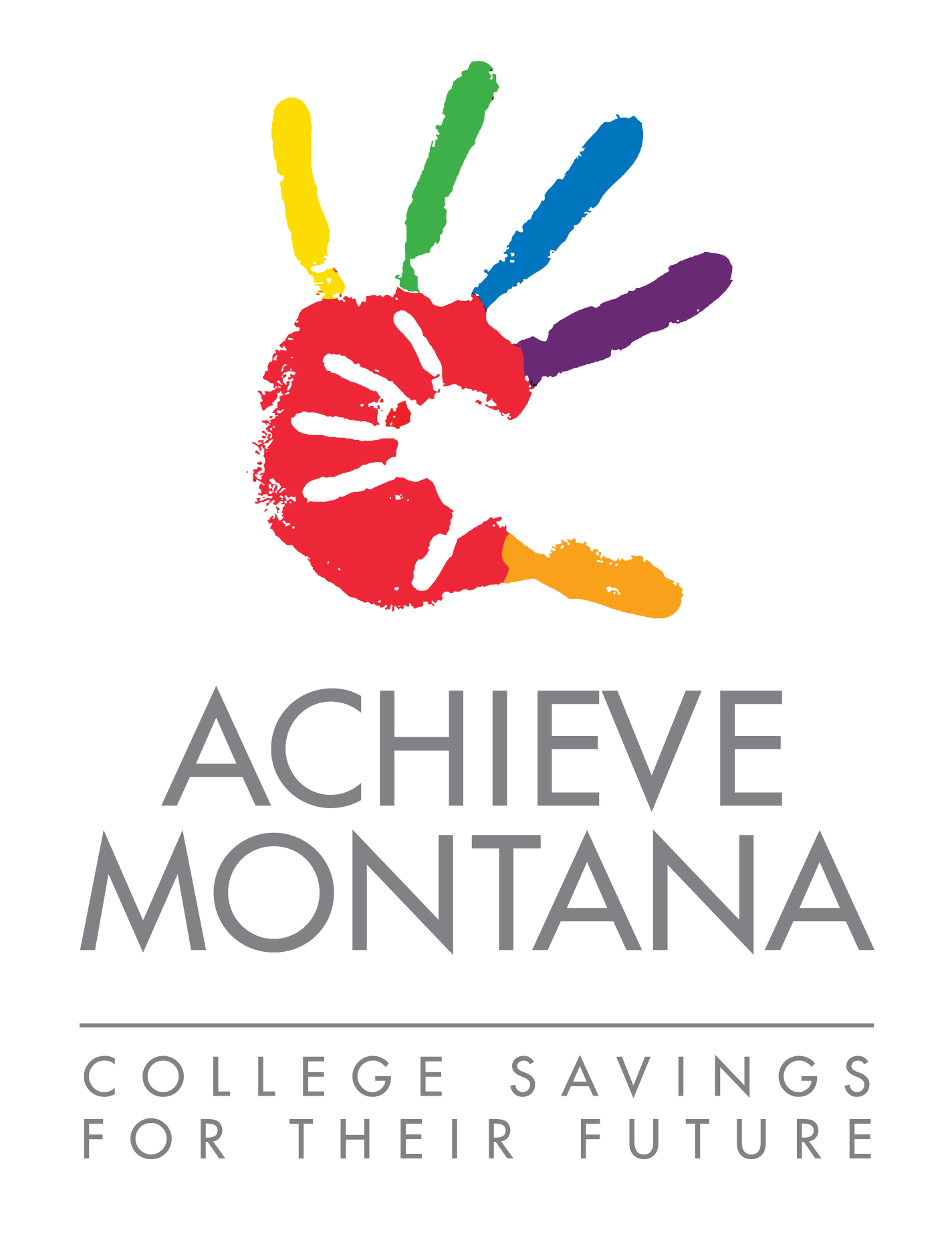What is a 529 Plan?
Home » What is a 529 Plan?
Tax-Advantaged
Savings Program
A Section 529 qualified tuition program (529 plan) is a tax-advantaged savings program designed to help you save for college. You can use the assets held in your 529 account to pay for your beneficiary’s tuition, fees, books, and certain room and board costs, not only in Montana, but at eligible schools anywhere around the country. Funds from a 529 account can be used at eligible two- and four-year schools, trade and technical institutes, and even graduate schools.
Why 529 Plans?
To increase access to higher education and help alleviate the burden of student loan debt on our society. The problem is clear: student loan debt in America is reaching levels that the U.S. Department of Education deems a crisis. To help keep that from preventing our kids from going to college, 529 college savings plans are a way for families to save and reduce their reliance on loans.
Did You Know?
The average student loan payment is $393 per month.1
Student loan debt is the second-highest debt category behind only mortgage debt.2
Americans collectively owe $1.5 trillion in student loans.2
Children who know they have college savings accounts are six times more likely to attend college.3
529 Plan
529 savings can be combined with student aid and scholarships to help pay for the full cost of college.
Achieve Montana at a Glance
Low Minimums
You can open an account for as little as $25 and make additional contributions of $25, or $15 with payroll deduction, where available.
High maximums: Contribute up to a total of $396,000 per beneficiary for accounts in all 529 Plans sponsored by the State of Montana.
Competitive Fees and Expenses
Achieve Montana’s investment options have annual asset-based fees ranging from 0.395% to 0.587%. There is no annual account maintenance fee if you are a Montana resident, use an automatic investment plan (AIP), take advantage of payroll deduction through your employer (if available), or maintain an account balance equal to or greater than $25,000. All other accounts are subject to an annual account maintenance fee of $25.
Range of Investment Options
Families have different investment goals, so Achieve Montana lets you choose from a variety of investment styles and asset classes, comprised of mutual funds and other investments from leading investment firms including Blackrock Fund Advisors, Dimensional Fund Advisors, Charles Schwab Investment Management, New York Life and the Vanguard Group.
Tax-Deferred Earnings
Your account earnings grow deferred from both federal and state taxes.
Federal and State Tax-Free Qualified Withdrawals
When your child is ready for college, you can withdraw the money from your Achieve Montana account free from federal and Montana state income taxes if the money is used to pay for qualified higher education expenses.4
Montana Tax Benefits
Special tax benefits for Montana taxpayers: Contributions you make to Achieve Montana may be eligible as a yearly deduction of up to $3,000 per taxpayer per year ($6,000 for those married, filing jointly) from adjusted gross income in computing Montana state income tax. To be eligible, the contribution must be made to your account, an account owned by your spouse, or an account owned by your child or stepchild if your child or stepchild is a Montana resident.5
Gift and Estate Tax Planning Benefits
Individuals can invest up to $18,000 ($36,000 for married couples making a proper election) per beneficiary without incurring any federal gift-tax consequences provided you don’t make additional gifts to that beneficiary in the same year. In addition, “accelerated gifting” lets you contribute up to $90,000 per beneficiary in a single year ($180,000 for married couples making a proper election) and take advantage of five years’ worth of tax-free gifts at one time provided you don’t make additional gifts to that beneficiary for five years (Contributions are considered completed gifts to the beneficiary and are removed from your estate², but you, as the account owner, retain control.) For more information, consult your tax advisor or estate-planning attorney.³ Contributions to an Achieve Montana account owned by the taxpayer, the taxpayer’s spouse or the taxpayer’s child or stepchild (if the child or stepchild is a Montana resident at the time of the contribution) are deductible in computing Montana adjusted gross income for the tax year in which they are made. Contributions may be subject to recapture in certain circumstances, such as a federal non-qualified withdrawal, a rollover to another state’s 529 plan, a Roth IRA rollover, or a withdrawal from an account that was opened within one year prior to the date of the withdrawal, as described in the Program Description. (Recaptured Withdrawal). If the account owner is no longer a Montana resident at the time of a Recaptured Withdrawal, we may withhold the potential recapture tax from the Recaptured Withdrawal.6

